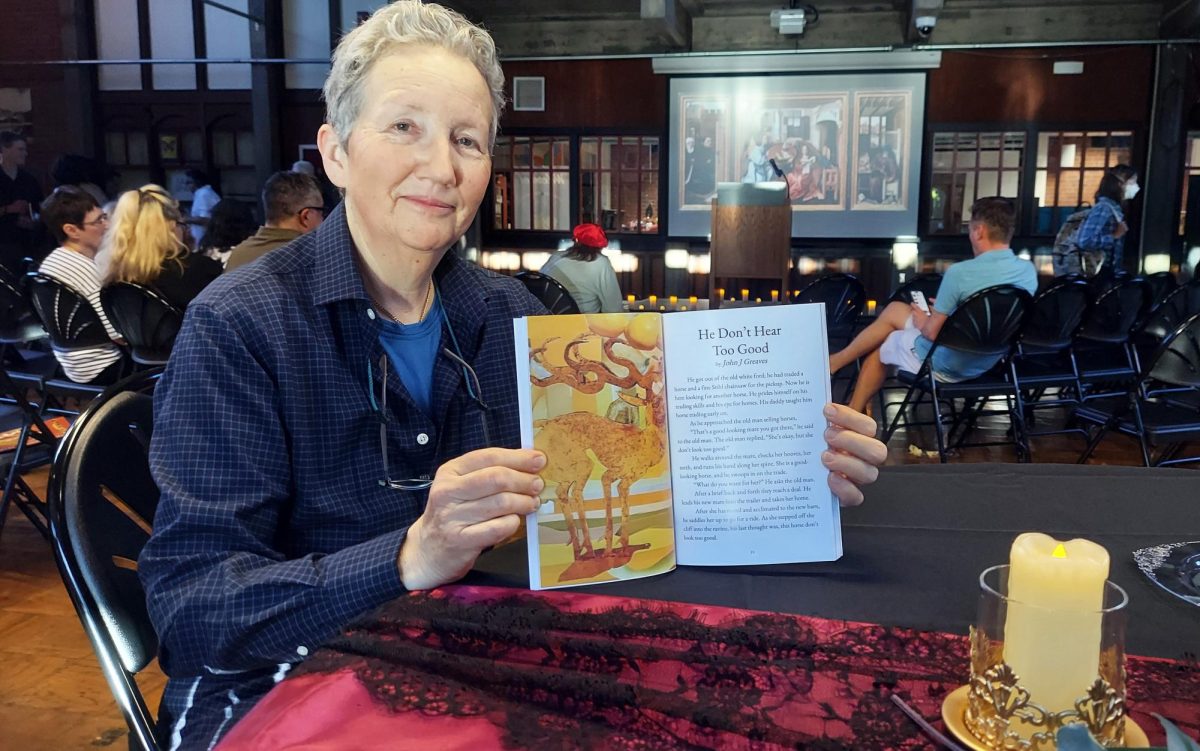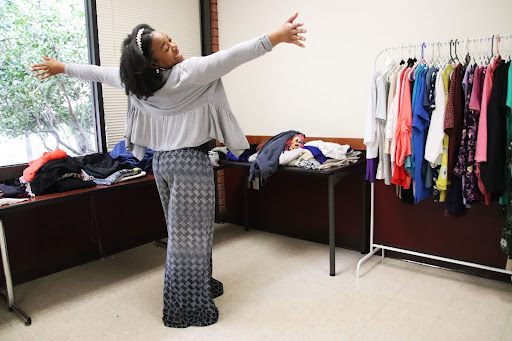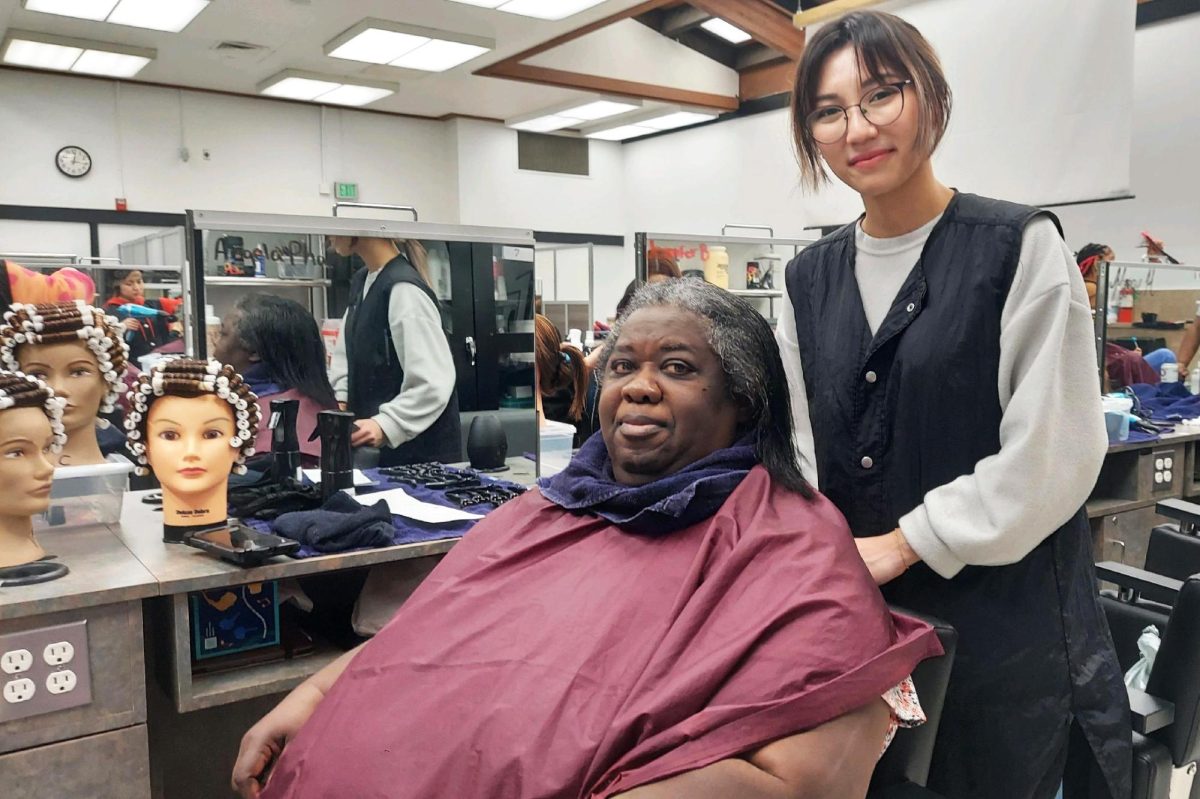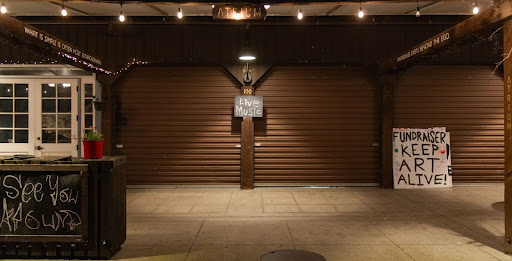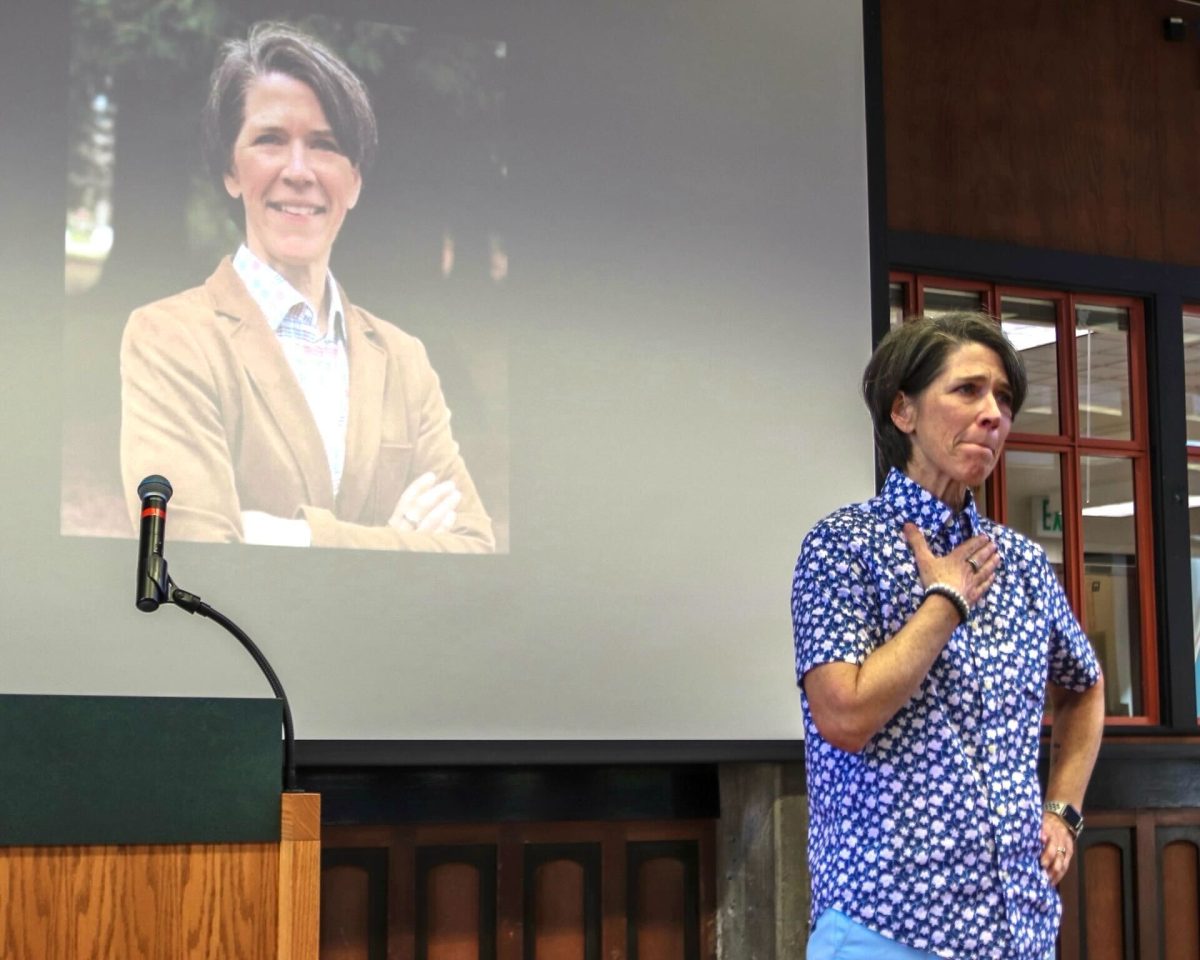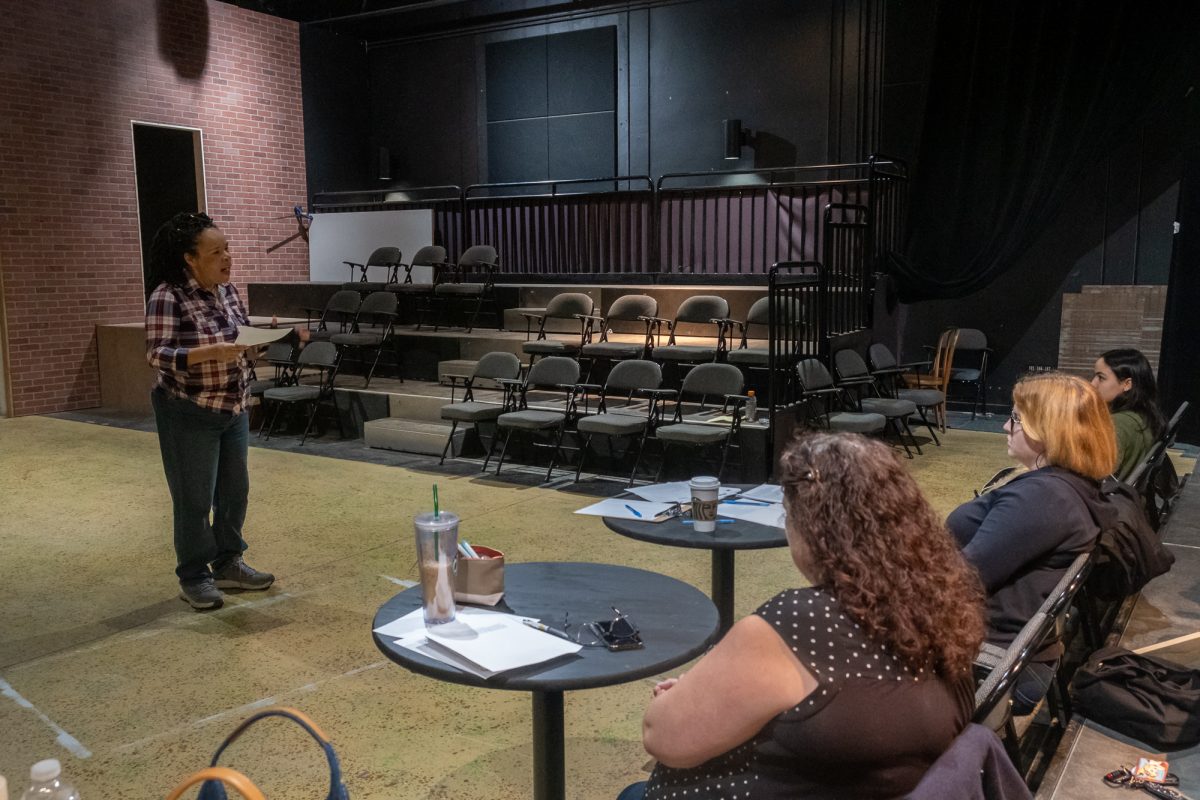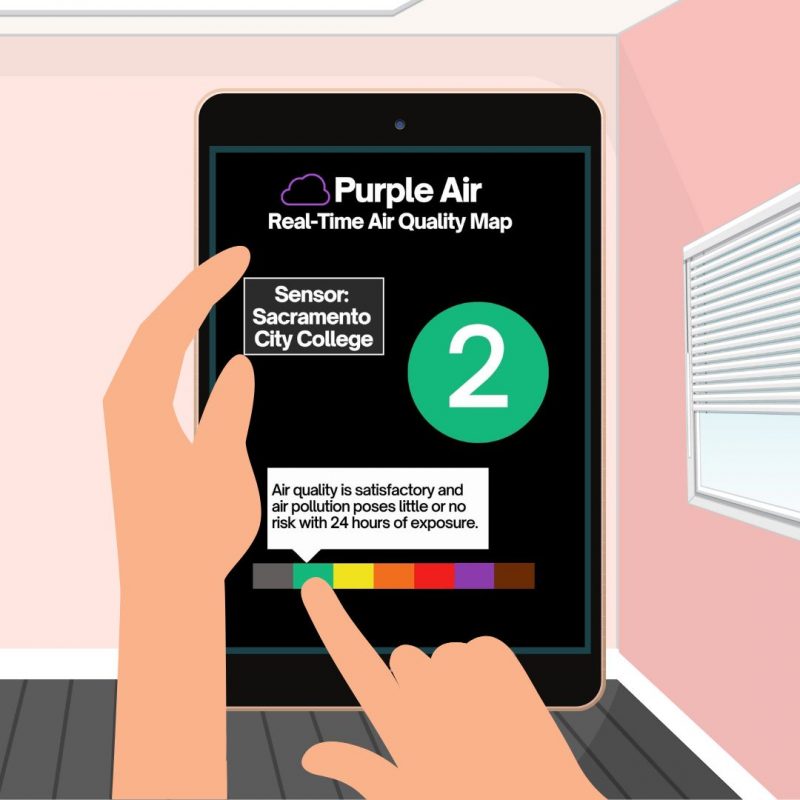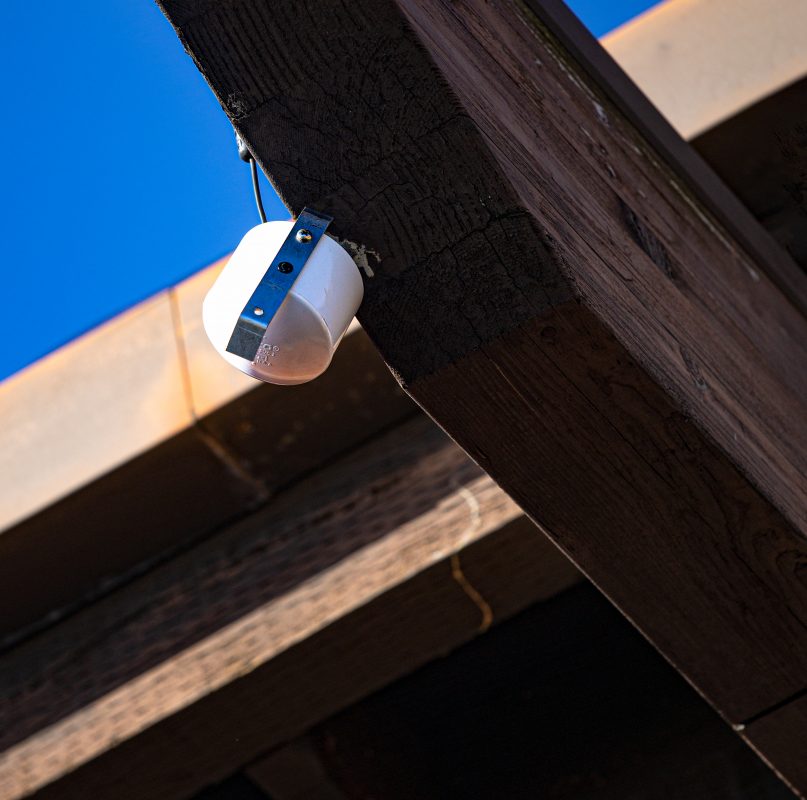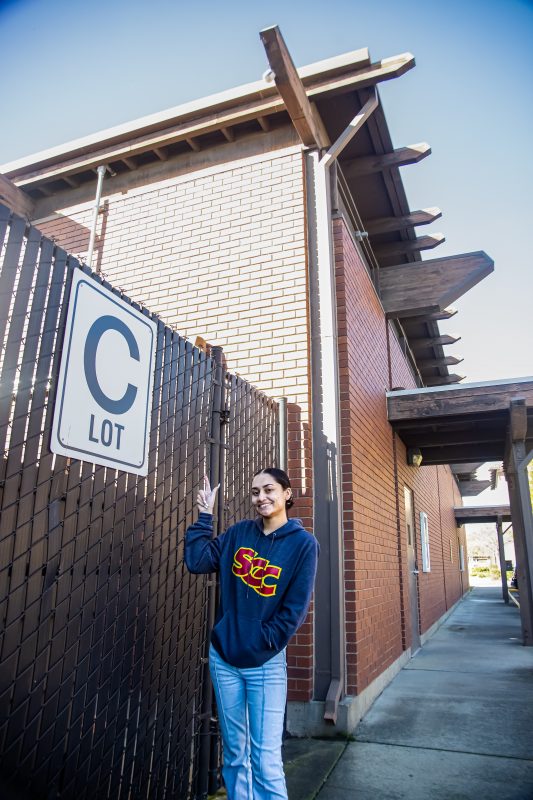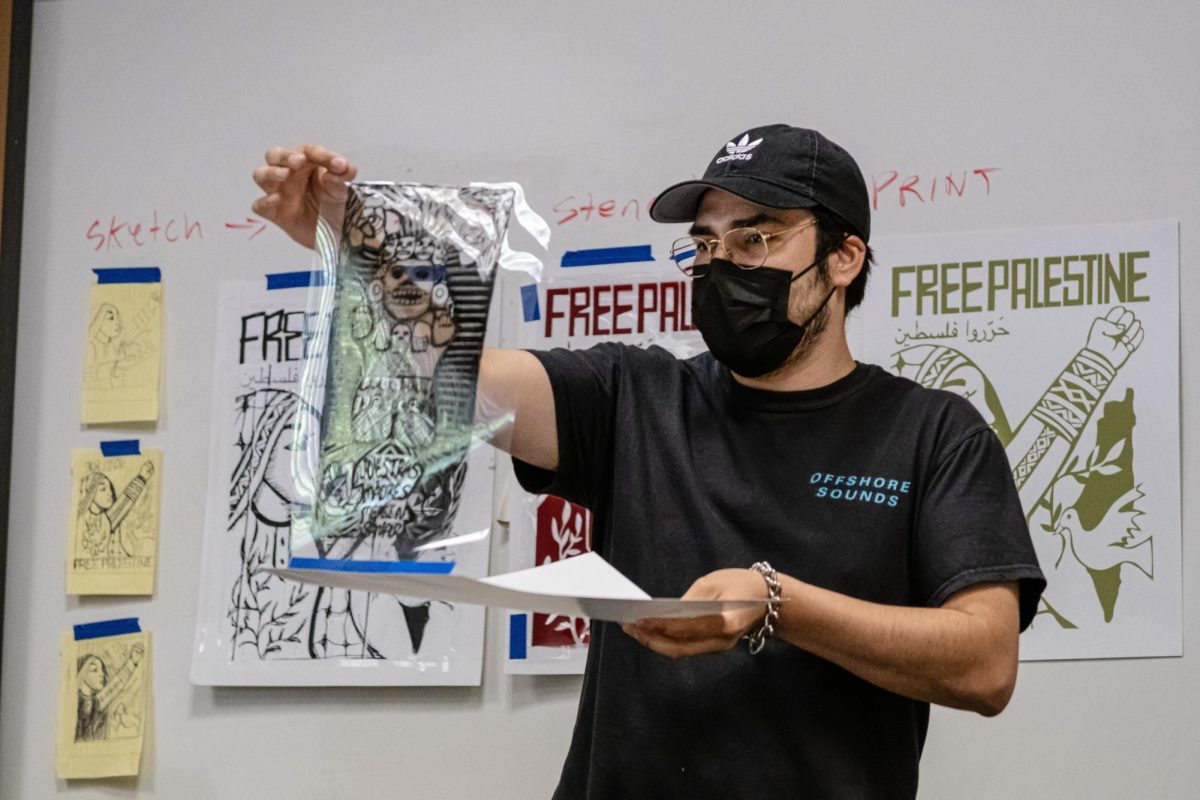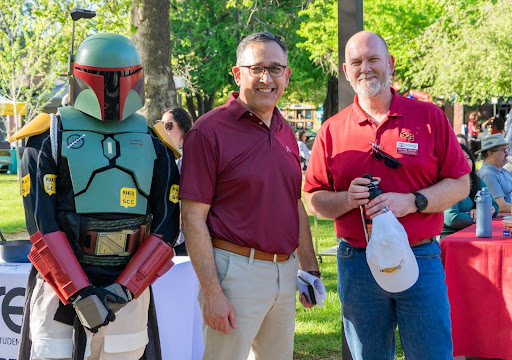City College got a new air-quality monitor this past fall to better inform both campus members and the surrounding community of current air-quality conditions in the area.
Extreme weather events this semester damaged the air monitor and as of press time the monitor is offline. City College’s sustainability coordinator, Sophie Wheeler, said she is working on restoring the air monitor’s connectivity and getting it back online soon.
The sensor was provided as part of a larger air-quality initiative collaboration between the City of Sacramento and the Sacramento Metropolitan Air Quality Management District to provide real-time, local air-quality information in under-resourced communities. It is sold by a company called Purple Air and connects to its worldwide network of sensors, which are all displayed on a public map.
Wheeler said the Sac Metro Air District reached out to the college first to see if we would be interested in having the sensor on campus. Wheeler then completed an application on City College’s behalf, and the college was selected.
The funding for the project came from a one-time allocation from Sacramento City Council as a part of its 2021 Climate Implementation Work Plan. The air monitoring project has three main parts: distributing sensors in the community (like the sensor City College received), conducting street-level air monitoring and engaging in community outreach. The goal of the project is to increase air quality monitoring in high-need and under-resourced areas so community members can use the data to make informed choices about their health and activities.
According to Sac Metro Air District’s program coordination division manager, Mark Loutzenhiser, schools were specifically targeted for the project. He said schools of all types were invited to apply, from grade schools to colleges, because schools are often located in the hearts of our communities. “So they’re really in a great location both for the schools to have that information — their students to have that information — and the immediate neighborhoods around them to have that information.”
Wheeler described City College similarly, saying, “We’re such an urban campus right in the middle of the community and the heart of Sacramento. And we’ve been here a long time too, so we’re kind of like a pillar in the community.”
In addition to schools, Sac Metro Air District and the City of Sacramento reached out to residents, neighborhood associations and other community organizations about the potential to receive an air monitor through the program. They wanted to target under-resourced communities in particular with this program as the majority of Purple Air sensors are privately owned. This means there can be gaps in the map where people haven’t purchased sensors.
“If you look at the maps, that are very high-level, you’ll notice that there are certain areas that are very underrepresented just because people don’t have the disposable income to make that kind of purchase,” Loutzenhiser said.
So Sac Metro Air District recommended that the program focus on areas that did not presently have sensors, as those were the areas that were most missing local air-quality data. In addition to considering where on the Purple Air Map there was a lack of coverage, the program considered various economic and social factors, such as education level.
With City College being one of the oldest urban community colleges in the area and a hub for so many Black and brown students, Wheeler feels it is part of City College’s job to address issues like environmental racism. Which she defines as “a disproportionate distribution of burdens and lack of resources.”
“So this has given them a resource that this community would not normally have,” she said.
The monitor was installed on the outside of the campus operations building, and it measures fine particulate matter, also called PM 2.5, pollutants. The monitor is expected to have a lifespan of roughly two years and the program does not cover replacements as it was a one-time allocation of funds. However Wheeler said she is definitely interested in maintaining an air monitor on campus through sustainability initiatives even after the one gifted through the program expires.
PM 2.5 pollutants are microscopic particles suspended in the air. They are about 30-times smaller than the width of a human hair and their tiny size is what makes them so dangerous: They can travel deep into the respiratory and cardiovascular systems. Most, larger air pollutants get stopped in the nose or throat, but PM 2.5 pollutants can make their way into lung tissue and from there enter the bloodstream.
Fine particulate matter, PM 2.5, is one of a variety of air pollutants that can affect air quality, but according to Loutzenhiser, it is one of the main ones Sacramento county sees.
With the disclaimer, “excluding wildfires,” Loutzenhiser explained that Sacramento County sees a seasonal trend in its air pollutants, with PM 2.5 reining in the winter and ozone, another type of pollutant, dominating in the summer. “In the wintertime, our primary pollutant of concern here in Sacramento is fine particulates, PM 2.5. And that’s in large part due to residential wood burning. That’s not the only source but that is a rather significant source.” Adding that winter weather patterns like cold fronts mixed with inversion layers can trap air pollutants in population centers.
Various air quality pollutants, including PM 2.5, get standardized to a metric of air quality called Air Quality Index (AQI). Standardizing all pollutants to the AQI scale helps people understand what values mean for their health.
Sac Metro Air District considers anything below 50 AQI to be healthy levels, having no impact on people’s health. Anything from 51 to 100 is considered moderate. Most people generally would not feel effects unless they are hypersensitive to air pollution. An AQI between 101-150 is considered unhealthy for sensitive groups. People with chronic illnesses, children, and older adults are advised to limit time outside and to avoid exerting activities outside.
AQI 151 to 200 is considered unhealthy and can negatively impact anyone, even those in good health. Everybody should limit extended time outside and excessive physical activity outside. AQI 201 to 300 is considered very unhealthy. Sensitive groups should avoid all outdoor activity and nonsensitive groups should limit exposure. Any AQI over 301 is considered hazardous. Anybody can experience serious health consequences with exposure and all groups should stay indoors in well-sealed, filtered spaces and keep activity levels low.
There are, however, some precautions people can take when air quality is bad. If you still need to go outside, Wheeler recommends wearing an N-95. A cloth or surgical mask is not enough to filter out the tiny, hazardous particles that make up PM 2.5. She also recommends keeping your windows closed when the air quality is bad, changing furnace and other household filters frequently, and purchasing or making your own homemade air filter.
Purple Air sensors are slightly less accurate than regulatory air-quality monitors owned and operated by government entities, however that makes them much more affordable. This means they can be deployed in far greater numbers across more areas, Loutzenhiser explained. This gives localized, real-time information that is accurate enough for the average person’s needs.
“We’ve been monitoring air quality here in Sacramento for decades,” he said. “But our normal monitoring network is very rigorous. These are very expensive instruments, and there’s not a lot of them.”
But with the Purple Air network providing real-time data throughout neighborhoods and communities, a service not provided by current regulatory air monitoring infrastructure, it can help people make informed decisions about their health. (City College’s air monitor information — once the monitor is restored — can be found by searching “SCC Operations” at map.purpleair.com.)
Since the public doesn’t need the accuracy government instrumentation provides, it is more helpful to have many, slightly less accurate sensors deployed in many locations as opposed to only a few highly accurate sensors in specific locations.
“The information they provide though,” Loutzenhiser said, “is really to help people make, in near real time, decisions about what’s right for them. … Are current conditions good enough to go outside right now? Do they let their kids go out and play? Do they go for a jog?”



